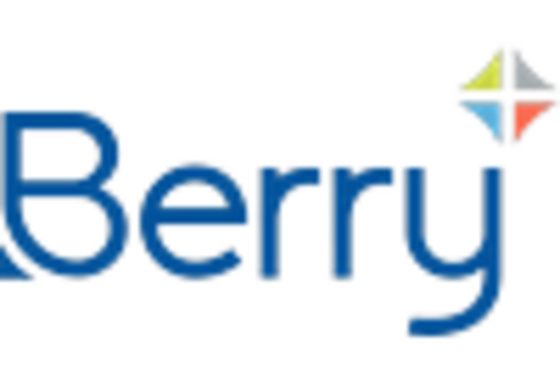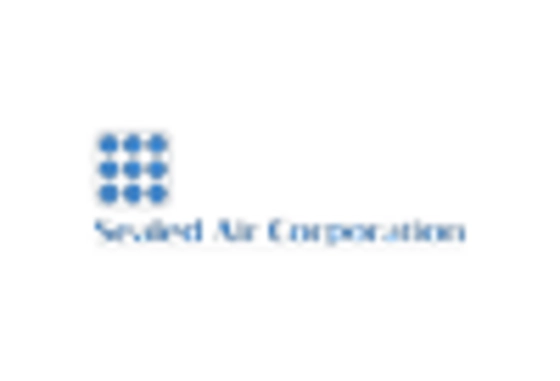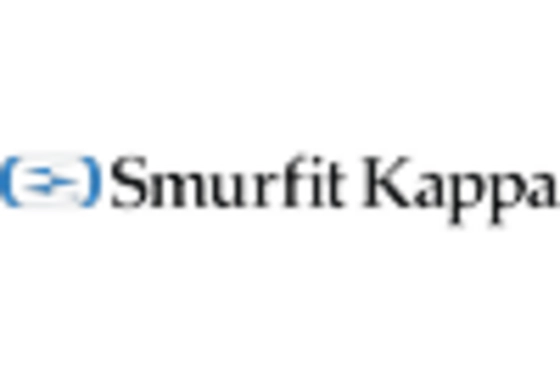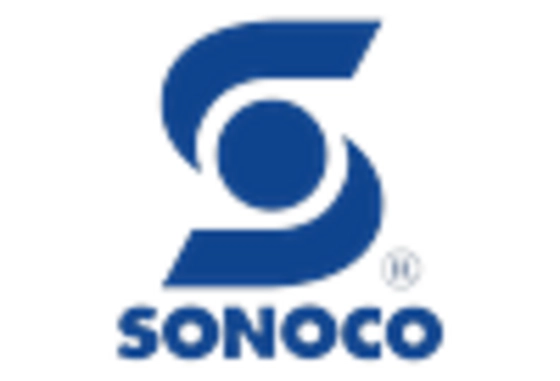E-commerce Growth
The rapid growth of e-commerce is a significant driver for the Liquid Pouch Packaging Market. As online shopping continues to gain popularity, the demand for packaging that can withstand the rigors of shipping and handling is increasing. Liquid pouches, known for their lightweight and space-efficient design, are well-suited for e-commerce applications. Market Research Future indicates that the e-commerce packaging sector is expected to expand at a rate of approximately 8% annually. This growth is prompting manufacturers to develop packaging solutions that not only protect products during transit but also enhance the unboxing experience for consumers. Additionally, the versatility of liquid pouches allows for a wide range of products to be packaged, from beverages to sauces. As a result, the Liquid Pouch Packaging Market is likely to see a surge in demand as e-commerce continues to reshape consumer purchasing behaviors.
Health and Wellness Trends
The rising health and wellness trends are significantly influencing the Liquid Pouch Packaging Market. As consumers become more health-conscious, there is a growing demand for packaging that supports healthier lifestyles. Liquid pouches are increasingly used for packaging functional beverages, smoothies, and health supplements, catering to this trend. Market data indicates that the health drink segment is projected to grow at a compound annual growth rate of around 6% over the next few years. Additionally, the convenience of liquid pouches allows for portion control, which aligns with dietary preferences. This shift towards health-oriented products is prompting manufacturers to innovate and create packaging that not only preserves product integrity but also appeals to health-conscious consumers. Consequently, the Liquid Pouch Packaging Market is likely to benefit from this trend as more brands adopt liquid pouches for their health-focused offerings.
Sustainability Initiatives
The increasing emphasis on sustainability is a pivotal driver for the Liquid Pouch Packaging Market. As consumers become more environmentally conscious, companies are compelled to adopt eco-friendly packaging solutions. Liquid pouches, often made from recyclable materials, align with these sustainability goals. In fact, the market for sustainable packaging is projected to grow significantly, with estimates suggesting a compound annual growth rate of over 7% in the coming years. This shift not only caters to consumer preferences but also helps companies reduce their carbon footprint. Furthermore, regulatory pressures are mounting, pushing manufacturers to innovate and invest in sustainable practices. As a result, the Liquid Pouch Packaging Market is likely to witness a surge in demand for biodegradable and recyclable pouch options, reflecting a broader trend towards environmental responsibility.
Technological Advancements
Technological advancements play a crucial role in shaping the Liquid Pouch Packaging Market. Innovations in materials and production processes have led to the development of more durable and efficient liquid pouches. For instance, advancements in barrier technology have improved the shelf life of products, making liquid pouches a preferred choice for manufacturers. Moreover, the integration of smart packaging technologies, such as QR codes and NFC tags, is enhancing consumer engagement and providing valuable product information. Market analysis suggests that the adoption of smart packaging solutions is expected to increase by over 10% in the next few years. These technological improvements not only enhance product quality but also streamline production processes, thereby reducing costs. As a result, the Liquid Pouch Packaging Market is poised for growth as companies leverage these advancements to meet evolving consumer needs.
Convenience and Portability
The demand for convenience and portability is a major driver in the Liquid Pouch Packaging Market. As lifestyles become increasingly fast-paced, consumers seek packaging solutions that offer ease of use and transportability. Liquid pouches are lightweight and flexible, making them ideal for on-the-go consumption. This trend is particularly evident in sectors such as beverages and food, where single-serve pouches are gaining traction. Market data indicates that the single-serve packaging segment is expected to grow at a rate of approximately 5% annually. Additionally, the resealable feature of many liquid pouches enhances user experience, allowing for portion control and reducing waste. Consequently, the Liquid Pouch Packaging Market is likely to expand as manufacturers respond to consumer demands for convenient and portable packaging solutions.


















Leave a Comment